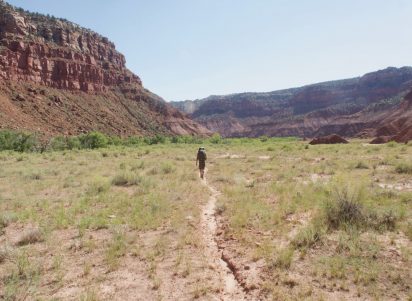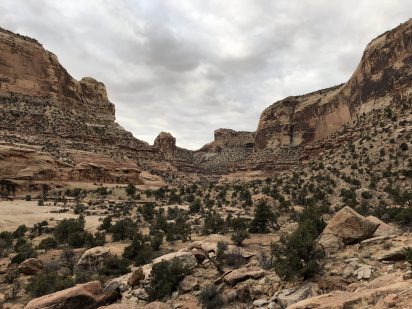Presidents and Protected Land: They Don’t Make Them Like They Used To
By Lou Forristall

If you’re reading this blog, chances are you will spend part of this Presidents’ Day weekend enjoying our public lands. If you did not get out this weekend, you were probably making fresh tracks recently, or will be hitting the trails once the snow melts. If any of that applies to you, I am also going to assume that I don’t need to convince you of the importance and benefits of protecting public lands.
Other than today being a federal holiday, an extra 3 day weekend, and an excuse to get outside, I’m not sure what this holiday is really meant to celebrate. According to the federal government, it’s George Washington’s birthday (it’s not, that happens on February 22nd). Some states will tell you that today is day to celebrate Washington, Abraham Lincoln, Thomas Jefferson, and even the birthdays of some people who were never president of anything. Some other states will tell you today is just President’s Day. Your English-degree-holding barista would probably tell you today is Presidents’ Day.
Whatever you call it, Presidents’ day (I have an English degree) has become a day to reflect on Commanders-in-Chief, past and present. Based on my earlier assumptions about your proclivities for outdoor activity and some recent headlines about protected lands and executive action, I think it’s appropriate that a little bit of this holiday is used to reflect on how presidents can protect public lands, and how our current one compares to their predecessors.
So far in his presidency, our current president has made what will likely be their most lasting impact on public lands through his reduction of the Bear’s Ears and Grand Staircase Escalante National Monuments in Utah. Whether the president is able to reduce the size of national monuments is being debated by the media, politicians, legal scholars, and the courts. What’s certain is that he is not the first president to reduce the size of a National Monument (the last was John F. Kennedy in 1964), but his national monument reduction is by far the largest in history, shrinking the two monuments by a combined 1,228,784 acres. If the President’s decision stands, it will be a major departure from the policies of all previous presidents.

The President drew on the power granted to him in the Antiquities Act to shrink the size of National Monuments. Recent Republican presidents like Richard Nixon, Gerald Ford, Ronald Reagan and George H.W. Bush did not use the Act to shrink the reduce the protections on federal lands. However, they did exercise the power explicitly granted to them in the Antiquities Act to designate federal lands for increased protections. Our current president’s most recent predecessors, Presidents Clinton, Bush and Obama, all used the Antiquities Act to protect millions of acres of federal land throughout their presidencies. Our current president also increased land protection by establishing one national monument of his own: a 340 acre plot of land in Kentucky that was previously designated a National Historic Park by President Obama.
The Antiquities Act is not the only way a president can designate lands for protection. Presidents have a plethora of other policy options to conserve lands and waters including declaring a National Marine Sanctuary, National Wildlife Refuge, or National Wilderness Study Area, among several other protected areas. To date, the current president has yet to exercise any of these other powers. This, even more so than his National Monuments policy, sets the current president apart from their predecessors. Republican presidents from Nixon through H.W. Bush increased protections on federal land throughout the country through designations other than National Monuments.

Regardless of the act or authority used to designate federal lands or waters for protection, or who designated it in the first place, the executive branch and the president are required to manage it. The president does this through regulations and enforcement carried out by federal agencies like the Department of Interior, Forest Service, Bureau of Land Management and National Oceanic and Atmospheric Administration. Across federally protected lands and waters, the current Administration’s management of public lands has received criticism from environmental advocates. Overall, President Trump’s management of public lands has been characterized by less enforcement and funds for enforcement, along with more lax environmental standards. While past presidents have reduced environmental standards and enforcement efforts on protected lands, the current administration’s efforts to open protected lands to development and lack of enforcement on protected lands again set it apart.
Related to the Trump administration’s management of and enforcement on protected lands, the final way the current president has affected protected lands stems from the recent government shutdown. Outside of the reasons for the shutdown itself, the administration’s decisions to leave most protected lands open to the public without any enforcement officers will likely have long-lasting, detrimental effects on protected areas.
So on this Presidents’ Day, think of the land that previous presidents from both sides of the aisle set aside for protection. Plan a trip to explore one of these beautiful areas (they’re almost always less crowded than National Parks!) and be thankful that past presidents thought they were worth protecting. Then don’t forget protected land when it’s no longer Presidents’ Day, President’s Day, or Washington’s Birthday.